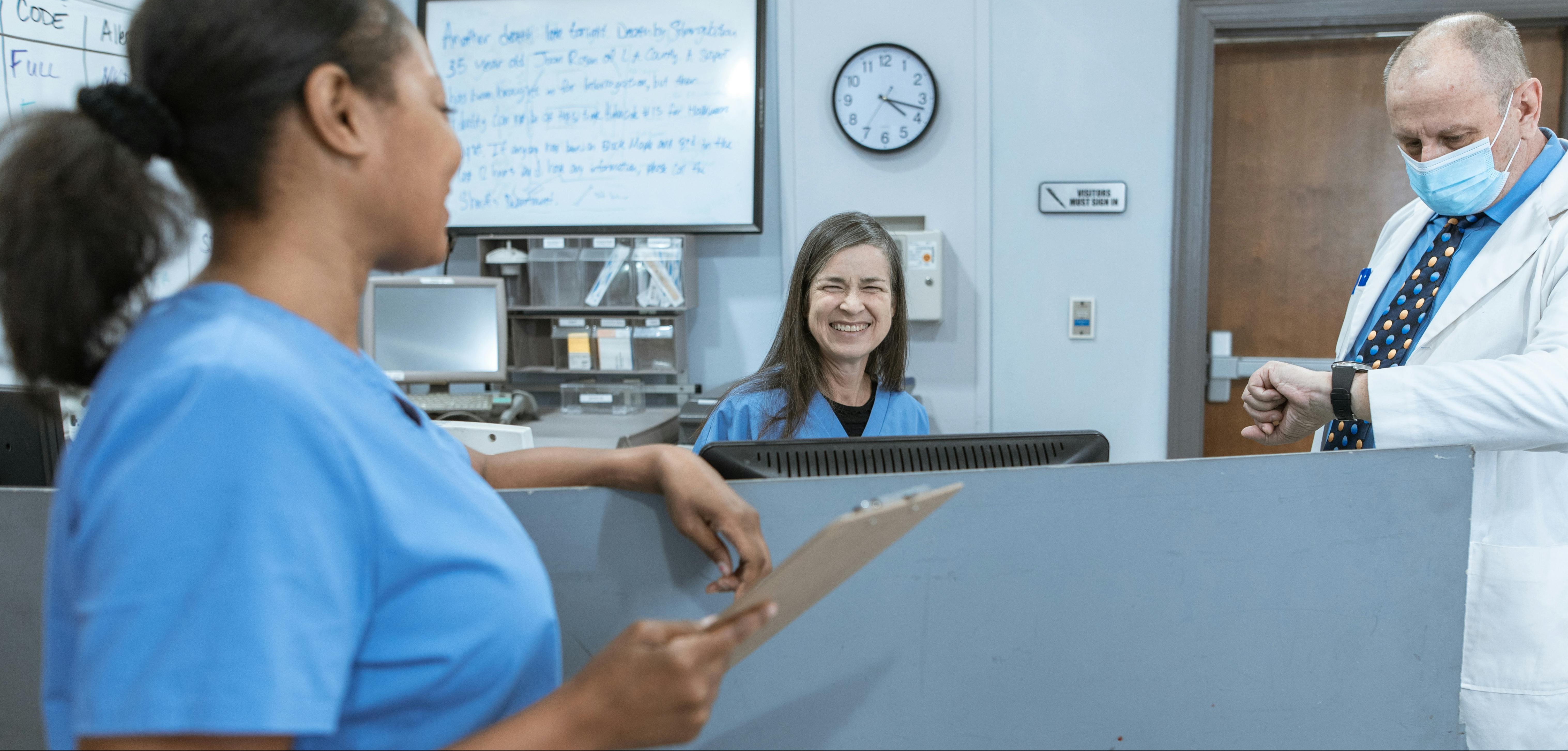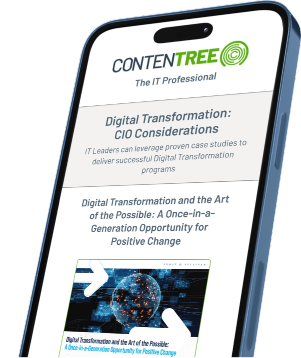
Workplace safety isn't just a compliance requirement. This is applicable in all work industries, particularly that of healthcare. In this field, it's a matter of life, health, and operational continuity. Hospitals, clinics, and other medical facilities operate in environments where risks range from infectious disease exposure to physical hazards, making safety a top priority. A robust workplace safety program not only protects staff but also enhances patient care quality and trust.
The modern healthcare environment demands more than manual protocols. With the right technology, healthcare organizations can track hazards, improve training, and ensure faster incident response. Below, we explore the essentials of workplace safety in healthcare, the regulations guiding it, and the most effective safety tools currently available for medical settings.
Workplace safety in healthcare refers to the policies, processes, and technologies that protect healthcare workers from harm while enabling them to deliver high-quality patient care.
Healthcare safety challenges are unique, including:
- Physical hazards: slips, trips, falls, and equipment-related injuries.
- Biological hazards: exposure to bloodborne pathogens, airborne viruses, and other infectious materials.
- Ergonomic hazards: musculoskeletal strain from lifting patients, repetitive tasks, or poor workstation setups.
- Workplace violence: incidents involving patients, visitors, or even staff.
Because these risks are diverse and sometimes unpredictable, healthcare organizations must take a multi-layered approach, combining staff training, regulatory compliance, and technology-driven solutions.
Compliance and Regulatory Foundations
A strong workplace safety program in healthcare aligns with standards set by organizations such as the Occupational Safety and Health Administration (OSHA), the Centers for Disease Control and Prevention (CDC), and the World Health Organization (WHO).
These guidelines emphasize:
- Proper use of personal protective equipment (PPE).
- Routine safety inspections and audits.
- Comprehensive incident reporting and investigation.
- Infection control protocols.
Meeting these requirements not only ensures compliance but also fosters a culture of safety and accountability. Technology now plays a pivotal role in helping healthcare facilities meet these obligations efficiently.
Essential Tools for Workplace Safety in Healthcare
Modern safety solutions in healthcare can be grouped into four main categories. Each offers unique benefits that address specific safety challenges.
1. Environment, Health, and Safety (EHS) Management Software
EHS platforms are the backbone of workplace safety programs in healthcare. They provide centralized systems for tracking incidents, conducting safety audits, and managing compliance requirements.
Top options include:
- Intelex – This tool is known for its robust incident tracking and audit capabilities. It offers customizable dashboards and strong analytics to monitor safety trends across departments.
- Enablon – This offers a comprehensive suite for compliance, risk assessment, and sustainability, ideal for large healthcare systems with multiple facilities.
- Cority – This tool is designed with healthcare-specific workflows, making it easier to document safety events and integrate with HR and operations systems.
Key benefits:
- Real-time incident reporting
- Automated reminders for safety inspections
- Compliance documentation storage
2. Infection Control Software
The risk for contacting infectious diseases in a hospital setting is heightened. That’s why it’s important for the implementation of infection control software. This protects both the staff and patients.
Leading solutions include:
- RLDatix – This offers infection tracking, root cause analysis, and automated compliance alerts to reduce hospital-acquired infections (HAIs).
- MedTrainer – This tool combines infection control tools with staff training modules, helping ensure everyone is up to date on the latest safety protocols.
Key benefits:
- Monitors infection trends in real time
- Sends alerts for non-compliance or emerging threats
- Integrates with electronic health records (EHR) for better patient-safety coordination
3. Workforce Safety and Incident Management Tools
These tools focus on real-time reporting, hazard identification, and rapid incident response. All of these are critical for fast-paced healthcare environments.
Examples include:
- Resolver – Strong in incident management, with capabilities to track investigations and generate regulatory reports.
- iAuditor by SafetyCulture – It offers mobile-friendly safety checklists, digital forms, and inspection scheduling, ideal for frontline healthcare teams.
Key benefits:
- Streamlined reporting via mobile apps
- Immediate hazard alerts to supervisors
- Customizable forms for healthcare-specific needs
4. Learning Management Systems (LMS) for Safety Training
Training is at the heart of any safety program. LMS platforms provide healthcare workers with flexible, on-demand training modules while tracking completion and certifications.
Notable platforms include:
- HealthStream – This is designed specifically for healthcare, with a large library of clinical and safety-related courses.
- TalentLMS – This tool is highly customizable, allowing hospitals to create their own safety content alongside prebuilt modules.
Key benefits:
- Centralized training records for compliance audits
- Gamified learning options to boost engagement
- Flexible scheduling to fit shift work demands
Best Practices for Implementing Healthcare Safety Tools
Introducing new safety technology into a healthcare setting requires thoughtful planning. Here are best practices to ensure successful adoption:
1. Involve frontline staff in tool selection Nurses, aides, and other frontline workers understand day-to-day safety challenges best. Their input ensures the chosen tools address real-world needs.
2. Integrate with existing systems Tools that connect with EHR, HR, and facility management systems reduce duplication and make data more actionable.
3. Prioritize training and ongoing support Even the best software fails without proper use. Regular training and refresher courses are essential for long-term success.
4. Leverage analytics for continuous improvement Use built-in reporting and analytics to identify trends, monitor compliance rates, and refine safety programs over time.
Conclusion
Workplace safety in healthcare is an ongoing commitment that requires the right combination of policy, culture, and technology. By adopting advanced EHS platforms, infection control systems, incident management tools, and training solutions, healthcare organizations can protect their most valuable asset—their people—while delivering the highest quality of care.
The tools available today make it easier than ever to meet compliance requirements, reduce incidents, and foster a proactive safety culture. For healthcare professionals, investing in these solutions is not just about ticking boxes—it’s about ensuring every shift ends as safely as it began.

